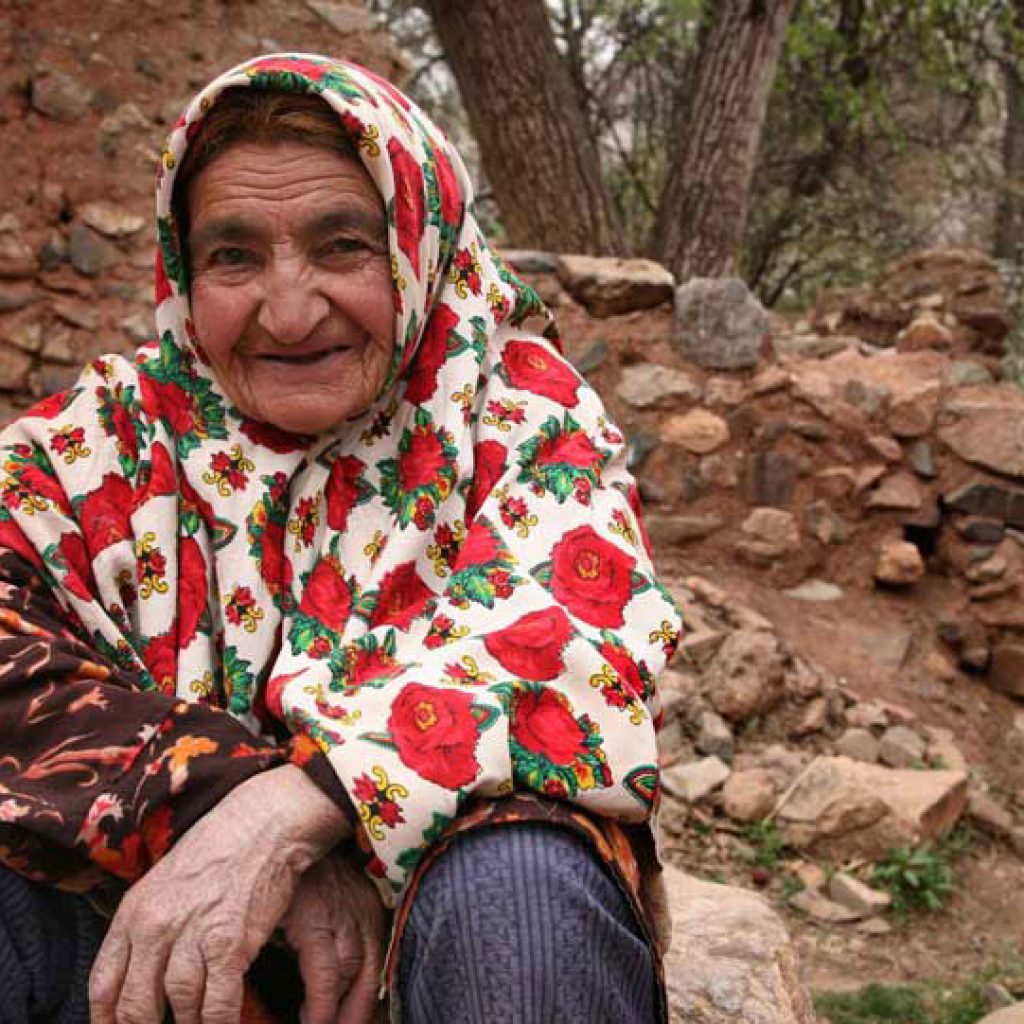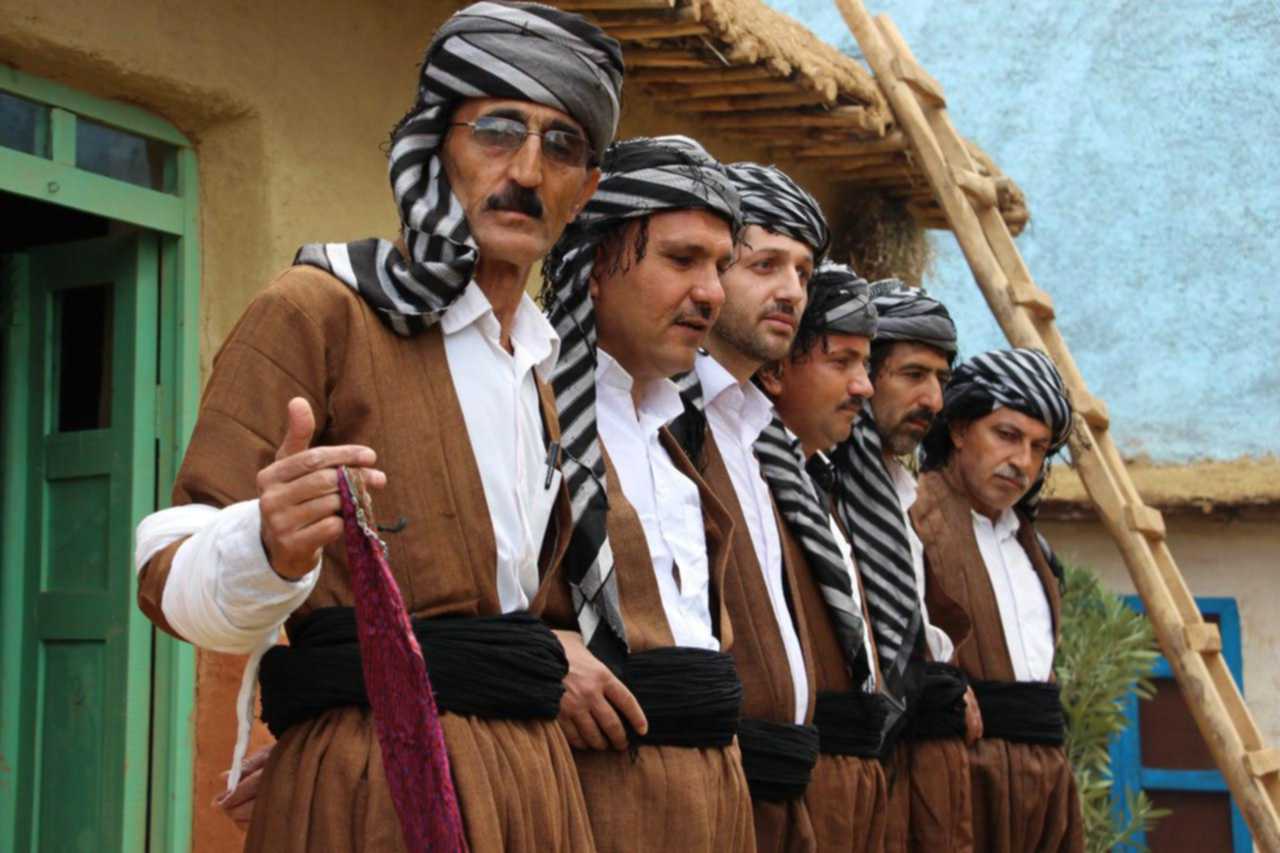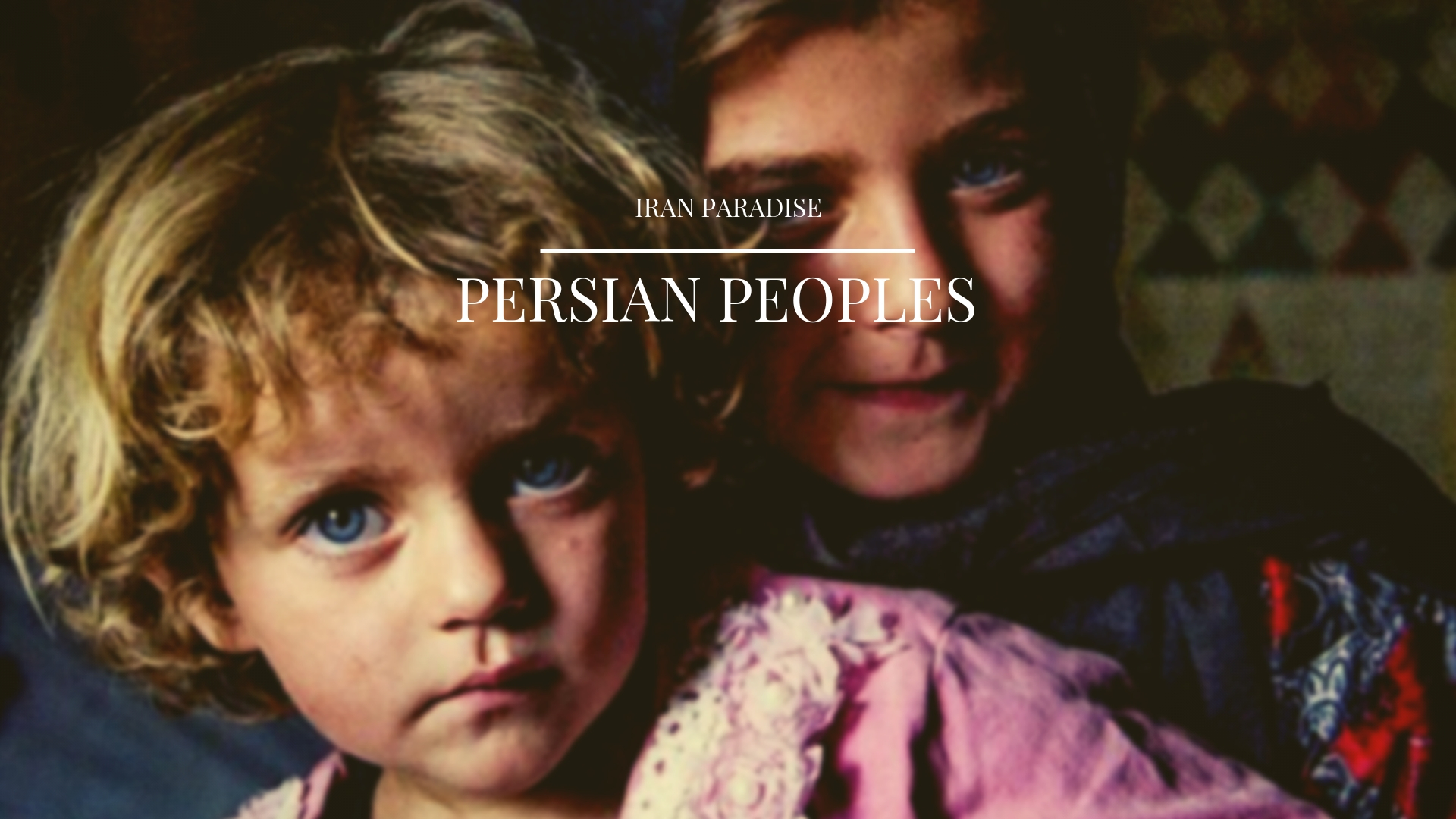Unveiling Iran's Diverse Peoples: A Cultural Tapestry
Iran, a land steeped in ancient history and vibrant culture, is far more than just a geographical entity; it is a living mosaic of diverse communities, each contributing to its rich identity. When we speak of the "peoples of Iran," we delve into a fascinating narrative of ethnic groups, languages, and traditions that have coexisted, evolved, and shaped this pivotal nation in Southwestern Asia. From the majestic mountains to the arid plains, Iran's human landscape is as varied and captivating as its geography, making it a truly unique study in cultural diversity.
This article aims to provide a comprehensive overview of the various ethnic groups that call Iran home, exploring their historical roots, cultural distinctions, and geographical distribution. We will navigate through the major and minority communities, shedding light on their unique contributions to the Iranian tapestry, and highlight the religious diversity that further enriches this ancient land. Understanding the "peoples of Iran" is crucial to appreciating the country's complex past and its dynamic present.
Table of Contents:
- The Tapestry of Iranian Peoples: An Overview
- Persians: The Enduring Heart of the Empire
- The Resilient Kurds: A People of the Mountains
- Baloch: Guardians of the Southeast
- From Caspian Shores: Mazanderanis and Gilaks
- Iranian Arabs: Coastal Dwellers and Pastoralists
- Other Significant Communities: Beyond the Major Groups
- Religious Diversity: A Mosaic of Beliefs
- Preserving Identity: Language, Customs, and Resilience
- Conclusion: A Unified Diversity
The Tapestry of Iranian Peoples: An Overview
The term "Iranian peoples" refers to a collection of ethnic groups primarily defined by their usage of Iranian languages and their discernible descent from ancient Iranian peoples. These communities are not confined to the modern borders of Iran but live chiefly across a vast expanse, including the Middle East, Central Asia, the Caucasus, and parts of the Indian subcontinent. Historically, speakers of Iranian languages were once found throughout Eurasia, from the Balkans, showcasing the widespread influence of this linguistic and cultural heritage. Within Iran itself, the majority of the population, approximately 80%, consists of these Iranian peoples [1].
This overarching category encompasses a multitude of distinct groups, each with its own unique history, dialect, and cultural nuances. The largest among these are the Persians, often referred to as Fars, who constitute a significant 61% of the Iranian population. Following them are the Kurds, making up 10% of the population. Beyond these dominant groups, Iran is home to a rich array of other communities, including the Semnanis, Khorasani Kurds, Larestanis, Khorasani Balochs, Gilaks, Laks, Mazandaranis, Lurs, and Tats, among others. While people of Persian descent make up roughly 50 percent of Iran’s population, it's important to recognize that many other ethnic groups, including Azaris, Armenians, Assyrians, and Jews, have also settled on the land, adding further layers to its complex demographic fabric.
Persians: The Enduring Heart of the Empire
As the largest ethnic group in Iran, the Persians form the historical and cultural backbone of the nation. Constituting around 61% of the population, or roughly 50 percent by some estimates, they are the direct descendants of the ancient inhabitants of the Persian Empire. This historical lineage is not merely a point of pride but a living legacy, as Iran has long played an important role in the region as an imperial power and as a factor in superpower rivalries, with the heart of the Persian Empire of antiquity lying within its borders.
Persians are widely distributed across Iran, inhabiting many of its major provinces and cities. Key regions with significant Persian populations include Tehran, the bustling capital; Isfahan, renowned for its stunning architecture; Fars, the historical heartland of ancient Persia; Khorasan, a vast and culturally rich region; Kerman, known for its historical sites and carpets; and Yazd, famous for its unique desert architecture. The cultural influence of the Persians is profound, extending to various aspects of Iranian life, from language and literature to art and customs. One of the most cherished traditions shared by Persians and many other peoples of Iran is Nowruz, the Iranian New Year's Day. Translating to "New Day," Nowruz marks the beginning of spring on the vernal equinox, celebrated on the first day of Farvardin, the first month of the Iranian calendar, which corresponds to around March 21 in the Gregorian calendar. This ancient festival is a testament to the enduring cultural heritage that binds many of Iran's diverse communities.
The Resilient Kurds: A People of the Mountains
The Kurds, comprising approximately 10% of Iran's population, represent another significant ethnic group with a deep historical presence in the country. Predominantly residing in the western and northwestern regions of Iran, their homeland spans a mountainous terrain that has historically fostered a strong sense of independence and distinct cultural identity. The Kurdish people are known for their rich oral traditions, vibrant music, and unique social structures, often organized around various Kurdish clans.
Historical Kurdish Rebellions
The history of the Kurds in Iran is marked by periods of both integration and resistance. Their desire for greater autonomy has occasionally led to confrontations with the central government. A notable instance occurred in 1880 when Iranian Kurds rebelled against the central government. More recently, in 1946, a significant political movement emerged with the establishment of the People's Republic of Kurdistan. Led by Qazi Mohammad, this short-lived republic was founded in Iranian Kurdistan, with Mahabad serving as its capital. However, its existence was brief; the Iranian army crushed the republic in the same year when the Red Army, which had been present in Iran, pulled out. These historical events underscore the enduring aspirations and resilience of the Kurdish people in Iran, who continue to maintain their distinct cultural identity within the broader Iranian state.
Baloch: Guardians of the Southeast
The Baloch people are a prominent ethnic group primarily inhabiting the southeastern regions of Iran, particularly in the provinces bordering Pakistan. They are distinguished by their unique culture, nomadic or semi-nomadic lifestyles, and the Baluchi language, which is described as a famous form of Persian, highlighting its linguistic ties to the broader Iranian language family. The majority of Baloch Iranian people live in the eastern south of Iran, a region characterized by its arid landscapes and strategic location.
Religiously, the Baloch are predominantly Sunni Muslims. Despite the majority of Iran's population being Shia Muslim, the Baloch have historically maintained a strong sense of community and religious identity. Interestingly, the provided data notes that they have a "fond brotherhood with Shia Muslims," indicating a degree of inter-faith harmony and coexistence that often goes unacknowledged amidst broader geopolitical narratives. This aspect underscores the complex and often nuanced social fabric of Iran, where ethnic and religious lines do not always translate into division but can sometimes foster unique forms of solidarity and mutual respect.
From Caspian Shores: Mazanderanis and Gilaks
Along the lush, green southern coast of the Caspian Sea, two distinct Iranian peoples thrive: the Mazanderanis and the Gilaks. These communities are indigenous to the Iran Caspian Sea region, a stark contrast to the arid landscapes found elsewhere in the country. The Mazanderani or Mazani people, also known historically as the Tapuri or Tabari people, have their homeland in the north of Iran, specifically in the historical region once called Tabaristan. They are currently one of the main ethnic groups residing in the northern parts of Iran.
Closely related to the Mazanderanis are the Gilaks. Both are considered "Caspian peoples," sharing a unique cultural and linguistic heritage shaped by their proximity to the sea and the fertile, humid environment. Their languages, Mazanderani and Gilaki, are distinct Iranian languages that reflect their regional isolation and unique development. These communities contribute significantly to the cultural diversity of Iran, offering a glimpse into a different facet of Iranian life, one characterized by rich agricultural traditions, distinct local cuisines, and a strong connection to the Caspian Sea.
Iranian Arabs: Coastal Dwellers and Pastoralists
While often associated with neighboring Arab states, a significant population of Iranian Arabs has historically resided within Iran's borders, particularly in the Persian Gulf region and the southwestern province of Khuzestan. These communities have a long-standing presence in the area, their lives deeply intertwined with the geography and resources of the region. As noted by Rashidvash (2012), Iranian Arabs are often pastoralists, adapting their livelihoods to the semi-arid plains, or fishermen, drawing their sustenance from the abundant waters of the Persian Gulf.
Their presence adds another layer of ethnic and cultural diversity to Iran. While they share linguistic and cultural ties with the broader Arab world, Iranian Arabs are distinct in their historical context within Iran, contributing to the country's multi-ethnic character. Their traditions, music, and way of life reflect a unique blend of Arab heritage with the broader Iranian cultural sphere, showcasing the intricate cross-cultural influences that have shaped the region for centuries.
Other Significant Communities: Beyond the Major Groups
Beyond the larger ethnic groups like Persians, Kurds, Baloch, Mazanderanis, Gilaks, and Arabs, Iran is home to a myriad of other communities, each contributing to the nation's vibrant cultural mosaic. While representing minorities in terms of population size, their presence is crucial for a complete understanding of the "peoples of Iran."
Among these are groups like the Semnanis, Larestanis, Laks, and Tats, who are also Iranian peoples with distinct regional identities and linguistic variations. The Lurs, another significant Iranian ethnic group, primarily inhabit the Zagros Mountains, known for their nomadic traditions and distinct dialect. Other Iranian language speakers mentioned include Ossetians, Talyshs, Pashtuns, Pamiris, Nuristani, and Wakhis, although many of these groups have their primary populations outside Iran's current borders, their historical and linguistic connections remain part of the broader "Iranian peoples" narrative.
Furthermore, Iran's diversity extends beyond ethnolinguistic categories to include groups who, while residing in Iran, may not be classified as "Iranian peoples" in the strict linguistic sense. These include Azaris, a large Turkic-speaking population primarily in northwestern Iran, Armenians, Assyrians, and Jews. These communities, with their own unique histories, languages, and religious practices, have settled on the land over centuries, enriching Iran's cultural landscape. Historically, many of these groups have had little contact with one another due to large distances separating them, which has allowed them to retain their languages and customs for hundreds, or even thousands, of years, contributing to the incredible cultural preservation seen across the country.
Religious Diversity: A Mosaic of Beliefs
The religious landscape of Iran is as varied as its ethnic composition, reflecting centuries of spiritual evolution and interaction. While modern Iran is predominantly Islamic, its religious history is rich and complex, with ancient roots that have left an indelible mark on its culture and even influenced other major world religions.
Historical Philosophical Influences
Some scholars believe that the various religions of the Iranian peoples, particularly ancient Zoroastrianism and other pre-Islamic Iranian belief systems, were significant early philosophical influences on Christianity and Judaism [120]. This historical connection highlights Iran's profound role not just as a political power but also as a crucible of spiritual thought that resonated far beyond its borders.
Contemporary Faiths in Iran
Nowadays, the majority of Iranian people follow Islam. Within Islam, there is a significant division: Sunnism, followed by Shi'ism. While the Iranian state is officially a Shia Islamic Republic, a substantial Sunni population exists, particularly among ethnic minorities like the Baloch and some Kurds. This internal diversity within Islam itself is an important aspect of Iran's religious fabric.
Beyond Islam, Iran is home to several religious minorities. These include communities following Christianity, Judaism, and Mandaeism, an ancient Gnostic religion. Additionally, followers of Iranian religions, such as Zoroastrianism, continue to practice their faith, preserving ancient traditions that predate Islam. The presence of these diverse religious groups underscores Iran's long history of religious pluralism, even amidst periods of political and social change. While facing varying degrees of recognition and challenges, these communities contribute to the spiritual and cultural richness of the nation.
Preserving Identity: Language, Customs, and Resilience
The remarkable preservation of distinct languages and customs among the various "peoples of Iran" is a testament to both historical circumstances and the inherent resilience of these communities. Historically, the vast and often challenging geography of Iran, characterized by towering mountain ranges and expansive deserts, meant that many groups had little contact with one another. This natural isolation acted as a powerful guardian, allowing each community to retain its unique linguistic heritage and cultural practices for hundreds, or even thousands, of years.
This geographical separation fostered a rich tapestry of dialects, traditional attire, music, culinary practices, and social norms that continue to thrive today. For instance, the Mazanderanis and Gilaks on the Caspian coast developed cultures distinct from the Baloch in the southeastern deserts or the Kurds in the western mountains. Even within the broader Persian-speaking population, regional accents and local customs persist, reflecting centuries of localized development. This cultural resilience is a defining characteristic of the "peoples of Iran," showcasing their ability to maintain their unique identities while contributing to the overarching Iranian national character. It is a powerful reminder that diversity is not merely tolerated but is an intrinsic and celebrated part of Iran's enduring legacy.
Conclusion: A Unified Diversity
The "peoples of Iran" represent a captivating and complex tapestry woven from countless threads of ethnicity, language, religion, and history. From the dominant Persian majority, who have shaped much of Iran's imperial and cultural narrative, to the resilient Kurds, the steadfast Baloch, the unique Caspian communities of Mazanderanis and Gilaks, and the ancient Iranian Arabs, each group contributes an invaluable piece to the nation's identity. The presence of diverse religious minorities further enriches this mosaic, demonstrating a historical depth of spiritual coexistence.
Understanding this intricate web of communities is essential to appreciating Iran's true essence. It highlights that beneath the geopolitical headlines lies a vibrant, multi-faceted society, united not by uniformity, but by a shared land, a common historical trajectory, and a profound cultural heritage. The ability of these diverse groups to retain their distinct languages and customs, often due to historical geographical isolation, speaks volumes about their enduring spirit and the richness of Iranian civilization.
We hope this exploration has provided you with a deeper insight into the remarkable "peoples of Iran." What aspects of Iran's cultural diversity do you find most fascinating? Share your thoughts and questions in the comments below, or explore other articles on our site to continue your journey into the heart of this ancient and captivating nation.

The Persian Peoples are a collection of ethnic groups defined by their usag

The Persian Peoples are a collection of ethnic groups defined by their usag

The Persian Peoples are a collection of ethnic groups defined by their usag